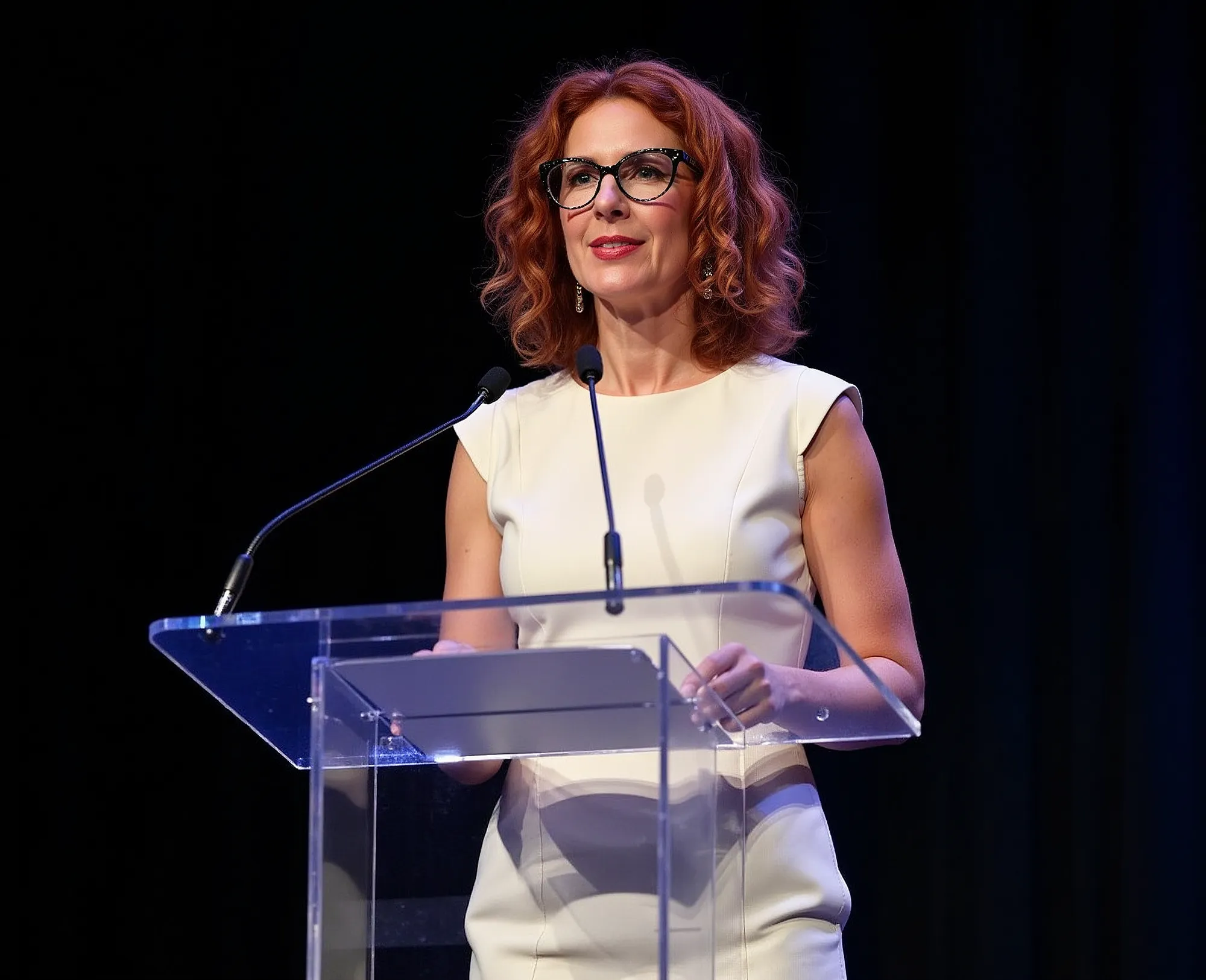As a student, Lisa Loud thought she might become a scientist. She studied programming and math and began her career as a developer at Apple. However, soon she was put in charge of a team of developers whose task was to acquire and integrate new technologies. That started her thinking about the strategy behind technology; the ‘why’ of technology.
She moved to PayPal, where she held a similar position combining strategy and marketing, and over time migrated into leadership roles. She did the same at Oracle. Ultimately, however, she found it very frustrating to be in a strategic position in a large company.
Loud explains: “Large companies have so many layers. Typically, the CEO and his (or her but mostly his) executive staff carry the vision and the messaging. This is the idealistic layer, but between them and the execution layer tends to be a middle management layer with their own agenda, not always aligned with the vision.
“I found it very frustrating to be in that middle layer as there was often a major disconnect between the top and the execution layer. To compound matters, tech companies are also gender biased with more men in management. So, I found it challenging to actually execute the strategy of the company because of all these managers with their own separate agendas in the middle.”
Wanting to get rid of middlemen is a core trope of Web3 but initially when Loud first discovered Bitcoin she felt it was a fringe techie revolving around mining. However once Loud looked at trading, the penny dropped, and she was hooked almost immediately. She had been leading digital acquisition at PayPal but was invited by BitMEX to come and run their marketing department.
“I was very happy to make the decision to move from Web2 to Web3, despite its volatility and unpredictability and it was also great to leverage the experience and knowledge I had from the traditional tech world - not always easy but fascinating.”
Sometime later, the onset of Covid displaced Loud from her job as chief operating officer of Shapeshift in Denver when she relocated back to her family in Canada. She had been in crypto for a number of years and could see there was a lack of rigor and discipline about customer focused products.
“I could see people who loved crypto were making tools for other people who loved crypto. I really wanted adoption and knew we had to reach outside the crypto world to make it happen.”
At the time, DeFI was really new, Uniswap 2.0 had just been released and liquidity pools were replacing traditional order books as operated with stock exchanges. Trading was also fully 24/7 and permissionless.
“This was exciting stuff but again it was crypto to crypto folks and no one else could really explain what was going on. People who could figure it out were making a lot of money, but it was also very hard to keep track of portfolios. So I founded FLUIDEFI because I wanted to bring more rigor, process and efficiency into the crypto space.
“This idea of rigor is very important to me so that more people can be brought into the crypto space with better UX, better predictability and better data. At that stage I genuinely believed that DeFi would be the next big thing and that institutions would be following suit very quickly. But four years on and the big banks say they are interested but it’s still too early for them.”
Part of the issue is that regulatory standards do not flow from Web2 into Web3 and Web2 rules certainly do not meet the new tech needs. This is important to Loud, so much so she is currently working with Hester Peirce, commissioner for the SEC, to formulate a new set of regulations that can be considered by lawmakers in the future.
“I’ve formed something called Hester’s army to help make this happen, otherwise there is danger of throwing the baby out with the bathwater. By trying to straddle crypto and existing regulation there is a danger that more could be lost in the process.”
Loud points to the fact that most of the financial regulatory environment in the US was formed by decisions made in 1933, and by default are hopeless out of date for a financial world a century on. There is also the hostile approach taken by the SEC, tending to label anything crypto as pertaining to criminals and lawlessness.
Another big issue which plays into the heart of Web3 and crypto is the ethical attachment of the Web3 community to transparency and openness. This is what led Loud into becoming the executive director for Secret Network Foundation a little over a year and a half ago.
For background it is important to note that Secret Network went mainnet in 2020 and is based on the concept of on-chain encryption. Previously if anyone wanted to encrypt data on blockchains, it had to be taken off chain. Basically everything onchain is transparent which is not ideal. Secret Network was founded to create an opportunity to have onchain data and computations encrypted.
There are four main encryption methods available to Web3 business, with one of them being the Trusted Execution Environment or “TEE” employed by Secret Network. Here, data is encrypted using a hardware shortcut, putting the data in an secure enclave on the hardware before running operations. This secure enclave means business does not have to worry about data on chain.
The other main three encryption methods include Zero Knowledge Proofs or ZK, Multi Party Compute or MPC and Fully Homomorphic Encryption or FHE.
The Secret ecosystem, led by Loud, formed an idea at the start of the year to create a coalition of companies offering a variety of encryption methods under an umbrella technology called Decentralized Confidential Computing or DeCC.
“My intention in creating this alliance was to address the lack of understanding - in both Web2 and Web3 - about this idea of the lack of confidentiality in blockchain. The original intent for Bitcoin was it would be anonymous and there is a whole section in the white paper detailing how no one would know your address. However, the reality is different because your address can be exposed, through connections onramp or off ramp with Fiat.
“Once that connection is known then all the other activity is easily traceable since nothing is actually hidden or encrypted. As a result people think Web3 is anonymous but it’s not.”
The DeCC Alliance was set up to help the world understand the vulnerabilities that exist in blockchain. Everyone knows of the data sharing in Web2, but it’s much worse in Web3.
“We want our new AI world to be decentralized and permissionless - but we also need it to be confidential. This is crucial for the next phase of blockchain adoption.”
This vision is at the core of Loud’s decision to join Secret Network.
“I am very aware for the Web3 industry to move forward in more confidentiality. There are as I explained a number of models of encryption but I am very practically focused. TEE is available now as a working solution. That’s why I love Secret - it can deliver now.”
Some of the immediate needs are very obvious - DAOs need confidentiality to avoid votes being seen and prevent possible collusion, healthcare needs to be confidential, insurance companies benefit from it, peer reviewed scientific papers can remove corruption and even gaming can become fairer and have less, if any, cheating.
“We need confidentiality and Secret Network can solve a lot of these problems, that’s why I am here.”
It’s a powerful combination of strategy and mass adoption - oh and confidential computing.




